 Weird Stuff
Weird Stuff  Weird Stuff
Weird Stuff  Health
Health Ten Confounding New Inventions from the World of Biomedicine
 Creepy
Creepy 10 Death Superstitions That Will Give You the Creeps
 Movies and TV
Movies and TV 10 Movies That Get Elite Jobs Right, According to Experts
 Weird Stuff
Weird Stuff 10 Times Real Laws Were Based on Bizarre Hypotheticals
 Animals
Animals 10 Inspiring Tales of Horses Being Human
 Mysteries
Mysteries Top 10 Haunting Facts About the Ghost Ship MV Alta
 History
History 10 Surprising Stories About the Texas Rangers
 Humans
Humans 10 Philosophers Who Were Driven Mad by Their Own Theories
 Miscellaneous
Miscellaneous 10 Video-Game-Worthy Weapons and Armors from History
 Weird Stuff
Weird Stuff 10 Warning Labels That Exist Because Someone Actually Tried It
 Health
Health Ten Confounding New Inventions from the World of Biomedicine
 Creepy
Creepy 10 Death Superstitions That Will Give You the Creeps
Who's Behind Listverse?

Jamie Frater
Head Editor
Jamie founded Listverse due to an insatiable desire to share fascinating, obscure, and bizarre facts. He has been a guest speaker on numerous national radio and television stations and is a five time published author.
More About Us Movies and TV
Movies and TV 10 Movies That Get Elite Jobs Right, According to Experts
 Weird Stuff
Weird Stuff 10 Times Real Laws Were Based on Bizarre Hypotheticals
 Animals
Animals 10 Inspiring Tales of Horses Being Human
 Mysteries
Mysteries Top 10 Haunting Facts About the Ghost Ship MV Alta
 History
History 10 Surprising Stories About the Texas Rangers
 Humans
Humans 10 Philosophers Who Were Driven Mad by Their Own Theories
 Miscellaneous
Miscellaneous 10 Video-Game-Worthy Weapons and Armors from History
Top 10 Horrific Foods The Victorians Ate
It has been said that “the past is a foreign country”. When we consider some of the dietary proclivities of the 19th century, however, the past starts to seem more like an alien planet. In this list we’ll explore the sad, the bad and the vomit-inducingly vile foods the Victorians used to eat.
If we get beyond the cringing “ickfactor” of some of these quintessentially Victorian dishes (fear not, we will certainly concentrate on that too – there are plenty of entries that will make your modern palette want to curl up and die), we also find a fascinating relationship with food in the 19th century. At the intersection between nutrition and culture, we can observe the clash between the old world and the modern. This is certainly evident in some of the stranger tendencies and dishes of the age.
That’s where the horror lies – these foods tell us of the lives lived, social conditions and mores. Sometimes it was downright horrific.
Top 10 Disgusting Foods The Chinese Eat
10The Poor Diet Of The Urban Poor

Less fortunate members of society had it rough in the Victorian era, often going hungry.
Uh-huh. So what’s new?
Well, in the prior centuries, England’s lowest classes had a feast-or-famine existence – they either had bread, cheese and meat or they didn’t. In the Victorian era, things weren’t quite as clear cut. Industrialisation had all but ensured a steady level of food production, making famine (in England, at least) a thing of the past.
Individual cases of starvation, however, were not dispelled. The cost of food was high, even the burgeoning middle class had to fork out around 50% of their income on food. For the poorest families it was a life of potato peelings, animal fat on low-quality bread, rotten veg and the stringiest offcuts of meat, if that. This stunted growth and contributed to considerably lower life expectancy for the urban poor. Add in a nice dose of food adulteration scandals, no or low safety precautions and a population boom and you have a recipe for disaster (pun very much intended).
But they did drink tea – this was England, after all.
9Delicacy Fit For A Zombie
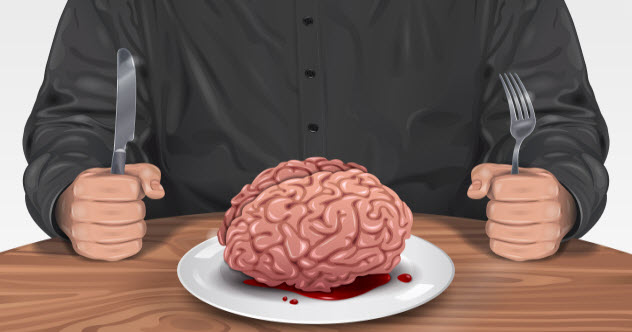
Whether it’s at a fast-food restaurant, from a back yard barbecue grill or wagyu patties served slathered in wasabi mayo, gold leaf and shaved truffles at a fancy (poser) restaurant, everyone loves a good burger. Some things don’t change—if you were a Victorian housewife wanting to put on a bit of a ‘do’, you could make some ‘braincakes’ – burger-like fried meat patties… made with brains.
This recipe comes from ‘Modern Cookery for Private Families’ by Eliza Acton, the most Victorian-sounding lady of her age:
“Wash and soak the brains well in cold water, and afterwards in hot; free them from the skin and large fibres, and boil them in water, slightly salted, from two to three minutes. You then mash the brains with some seasonings and egg yolks and fry in butter. The recipe finishes by adding “A teaspoonful of flour and a little lemon-grate are sometimes added”.
Yes, that lemon zest will make all the difference – prion diseases are commonly cured by lemon, every doctor knows that…
8Gruel? Try Stirabout
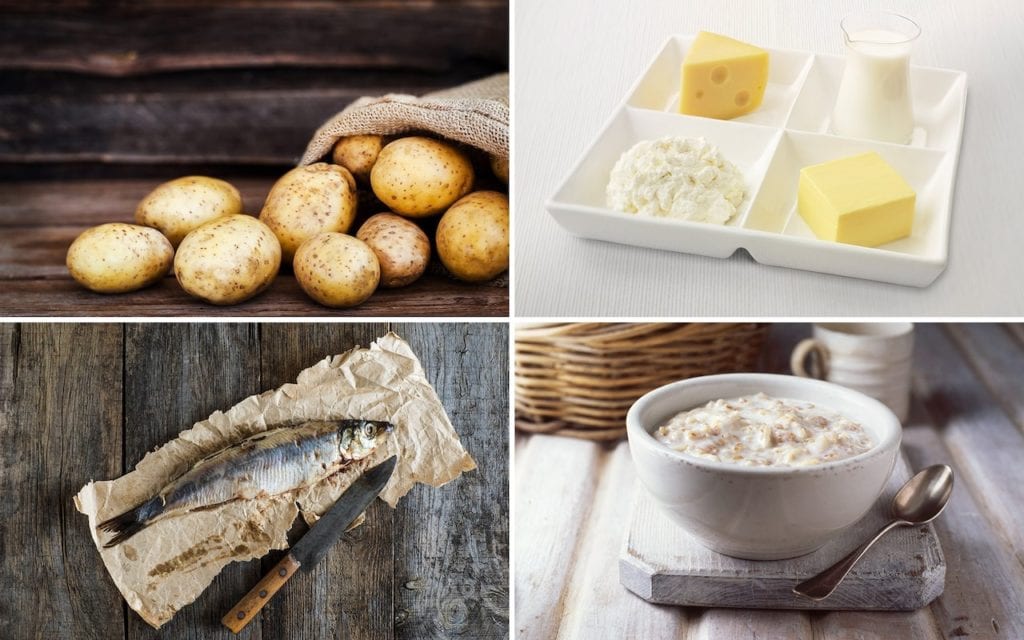
Orphans, workhouse inhabitants or ball-and-chain dragging prisoners, all forced to eat gruel; this is the image of hard times in the Victorian era. Thanks, Dickens!
This is a misconception. The diet of these poor, unfortunate souls was actually quite sustaining, especially compared to the nutrient deficient diet of the working poor. They also had a (slightly) more varied diet – wholegrain bread, small beer, even fish and dairy from time to time (as pictured).
This doesn’t mean they always enjoyed their fare whilst institutionalised—gruel was plain, but downright fancy compared to the hated ‘Stirabout’ – gruel’s tasteless, grim, weirdo cousin. Sure, if you couple a daily ration of watery mush made from cornmeal, oatmeal and salt with a long day of physical labour, you’ll leave the institution with a lean physique, washboard abs and triceps that bulge like baby heads. But your taste buds will be shrivelled-up husks on a desertscape of a tongue.
7Ass Milk
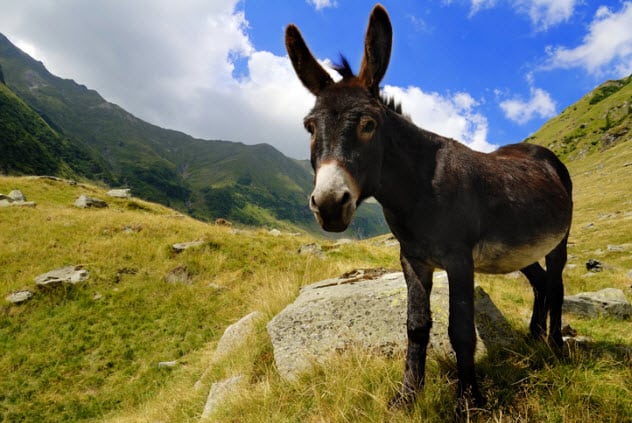
If we get to drink the pale mammary drippings of cows, goats and, erm, soybeans, then why not donkey milk? In fact, there isn’t much wrong with donkey milk, per se. It’s becoming a bit of a fad foodstuff again, used as both a healthy alternative to regular milk and in the making of upscale cosmetics. In fact, donkey milk has been used by various cultures since ancient times. So how has it made its way onto a list of horrific foods? Get ready for a disturbing mental picture…
The Victorian age had a lot of orphaned babies. In France, motherless infants were often neglected, dying at an alarmingly high rate. One man who identified this issue was Dr. Parrot of the ‘Hospital des Enfents Assistés’ in France. He proposed killing two birds with one stone – combatting the lack of motherly contact and the nutritional deficiencies in orphaned babies. Genius!
Parrot would take babies directly to a donkey and allow them to suckle directly from the beast’s teat. Jeez.
Donkey milk was used all over Europe for ailing patients, the elderly and babies well into the twentieth century. Allowing babies to suck on donkey nips (thankfully) never quite caught on.
6Love In Disguise
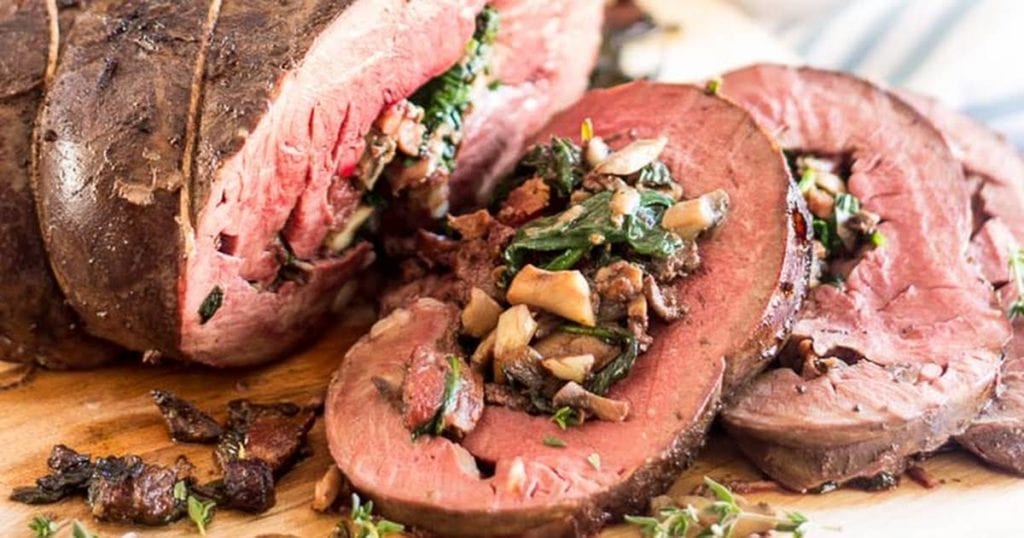
Paul Simon’s classic song ‘Mother and Child Reunion” took its title from a dish that Simon had seen on the menu at a Chinese restaurant. It was a dish that included chicken and egg; hence the mother was reunited with her child. If you find this name a little distasteful, wait until you realise what lies behind the fun wordplay of the Victorian dish ‘Love in Disguise’.
This “pretty side dish” is to be found in ‘The Complete Economical Cook, and Frugal Housewife’ written by Mary Holland, 1837. It comprises of a ‘stuffed’ calf’s heart (cleaned well) encased with forcemeat (pureed lean meat, like the inside of a sausage) and rolled in in crushed vermicelli noodles. You then pop it in the oven in a dish filled with a little water. Once a nice heart-juice liquor has formed, you serve. One question remains…
‘Stuffed’ with what?
5No, This Is Food, We Swear!
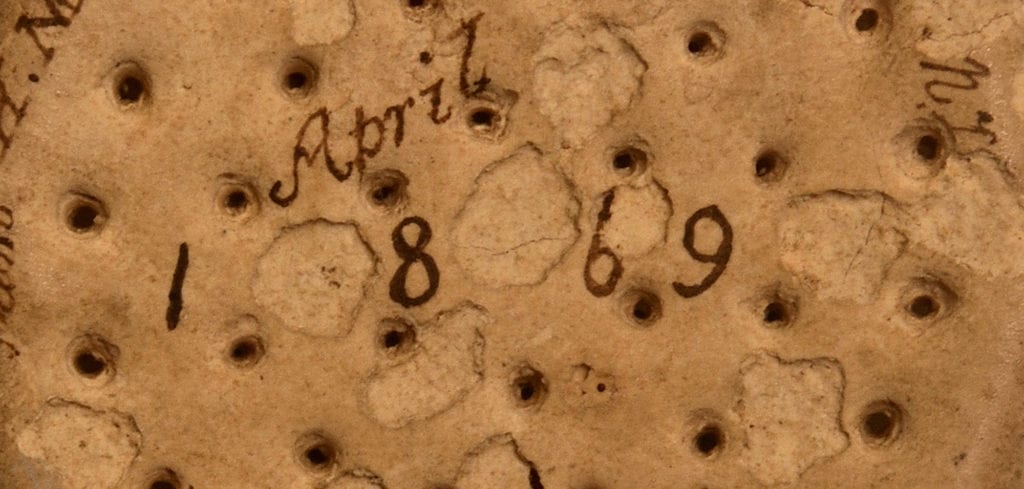
To an American, a biscuit is a soft, puffy dough-bed upon which some satiny gravy can rest. To an Englishman, they are crunchy, sweet little buggers that are best dunked in tea before eaten. To a Victorian-era seaman, they were perdition incarnate—indestructibly hard, plain-as-all-hell dullcakes.
Ship’s biscuits, or hardtack, were a staple aboard English ships from as far back as the Tudor period. They became a ubiquitous mainstay in the gallies of the quickly professionalising Victorian-era Royal Navy; valued for their caloric density, ease of mass production and ensuring morale remained low. Ok, not the last one, but that was an unfortunate outcome of months and years eating these bricks.
But, at least the seamen could expect a little extra protein from consuming ship’s biscuits – the lack of modern storage technologies guaranteed weevil infestation. These bugs added some much-needed texture and a refreshingly bitter flavour to the otherwise dull biscuits. Or it convinced sailors that drowning might not be so bad.
It took until the end of the 19th century for experts to work out a solution for such infestations – the biscuit tin!
4Chaudfroid Delights
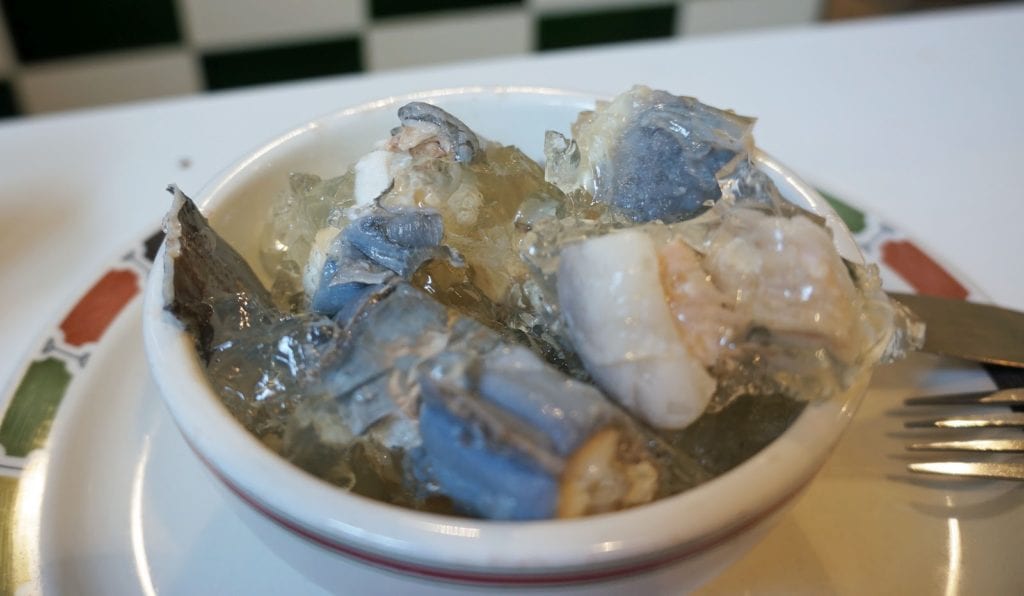
The term ‘Chaudfroid’ (hot-cold) is a term within French cuisine that denotes a dish/sauce made hot but served cold.
Using gelatin or aspic. Of course.
Given some of the creations and concoctions from this era, it seems a little more schadenfreude that chaudfroid. Famed gastronaut Monsieur Antonin-Carême brings us this classic French sauce, one that will send a shiver down your spine. Here’s a modernised recipe:
“Remove the skin of the chicken and set it to cool in the strained cooking liquid. Soak 3 gelatin leaves in cold water until soft. Plunge half a bunch of tarragon in the cooking liquid and reduce it to 40 cl (12/3 c). Add the gelatin to dissolve it. Stir in 30 cl (11/4 c) of cream, 1 egg yolk, and the juice of half a lemon. Spread out a thin layer of the sauce over a plate. Put it in the refrigerator to see if it jells. Cut the chicken into eight pieces. Bone the thighs. Dip the pieces of chicken, one by one, in cooled sauce, then drain them on a rack placed over aluminum foil. Place them in the refrigerator for 30 minutes. Cover the chicken pieces a second time followed by a third layer of sauce chaud-froid, while allowing the coating to jell between each coating. Decorate with pine nuts and some tarragon leaves. Set aside for 5 or 6 hours. Serve with a salad of very fine French beans or a salad of well-seasoned purslane.”
If you think that cold, jelly sauce chicken is shudder-inducing, why not try ‘turbot chaudfroid’? Cold, jellied fish—what are you, a cockney?
3A Big Plate Of Burlington Whimsey

What a delightfully quaint name for a dish! This is perhaps the quintessential example of the Victorian proclivity of giving the grossest dishes the prettiest names.
“Set aside until quite cold half a calf’s head dressed by the preceding receipt. If, on cutting it, the gelatinous part should not appear perfectly tender, pare it off closely from the head, weigh and mince it; put it into a pint of good gravy, and stew it gently from ten to fifteen minutes. Mince as much more of the head as will make up a pound in weight after the edges are trimmed of, and part of the fat is taken away” Then you add some spices and a little grated ham…using your trusty ham grater.
The recipe continues by adding “slices of the tongue have been evenly arranged, and when quite cold it will turn out very firmly. It may be garnished, before it is sent to table, with branches of parsley, which should, however, be perfectly dry; and when served for supper or luncheon, it may be accompanied by a salad dressing”.
2Frontier Foods
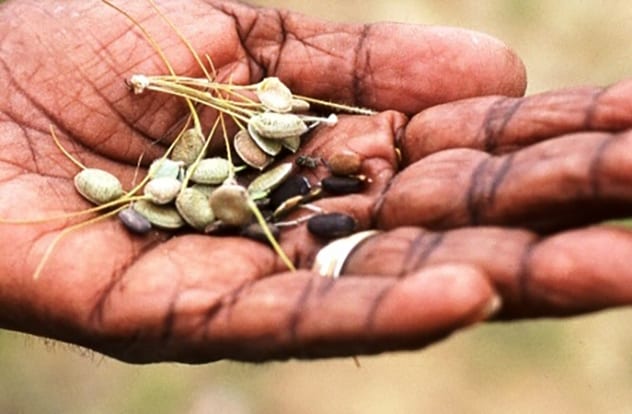
Some foods that were once consumed at the edges of the increasingly colonized world were a bit gross, even if they tasted OK – ‘pemmican’, we’re looking at you; dried reindeer meat with rendered fat and foraged berries, anyone? It actually tastes pretty good.
At the fringes of the various 19th century empires, dealing with foraged food was often best left to those who’d lived in such places for eons. Want to try those purple berries, weary explorer? Get ready for it to “taste like burning”. Painful death by poison resulted from a simple lack of knowledge (or wisdom). Your fancy maps, elephant guns and handlebar mustaches won’t keep you from a death by ignorance, suh.
Take the ill-fated expedition of Burke and Wills from 1860-61. On their return from a cross-country expedition in Australia, the men found themselves out of food. Local Yandruwandha people tried to help the party, preparing them some ‘cakes’ made from the seed pods of a fern called nardoo. After some time, Burke had a sudden fit of ‘Victorian-gentlemanly-rage-at-the-indigenous’, a common condition back then, and drove off the party’s would-be saviours. When the men tried to make their own nardoo cakes as they trudged onwards, they neglected to do one thing – know what the hell they were doing. The cakes were improperly cooked, thus failing to remove the deadly enzymes in the way the aboriginal tribes did. Wills and Burke soon died, their bellies full, but starved to death. Another man in their party, a Mr. King, was the only one to survive. How? By returning to the Yandruwandha, who did know what the hell they were doing.
1All The Little Birdies

For an era when many kids were expected to go down the mines or up the chimneys, one can imagine that there was no such thing as a ‘childhood’ in the Victorian age. How wrong you are!
In fact, rural sprogs were free to enjoy nature’s bounty. But this was not so much the ‘picking blackberries with grandmama’ type of fun. Queen Victoria’s chief cook, Charles Francatelli, noted how young boys would entertain themselves in rural England back in 1852:
“Industrious and intelligent boys who live in the country, are mostly well up in the cunning art of catching small birds … pluck them free from feathers, cut off their heads and claws, and pick out their gizzards from their sides with the point of a small knife, and then hand the birds over to your mother, fried in butter then encased in suet and boiled”.
This is less “Tom Brown’s School Days” and more Chairman Mao’s ‘Four Pests Campaign’, with added knife-wielding toddlers.
Top 10 Disgusting Foods Westerners Eat
About The Author: CJ Phillips is a storyteller, actor and writer living in rural West wales. He is a little obsessed with lists.








